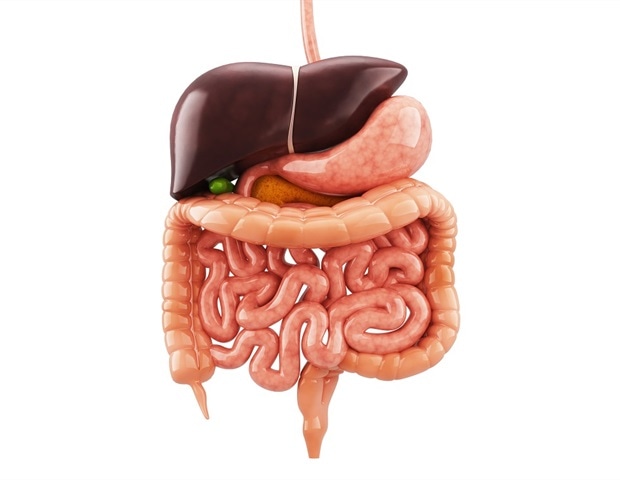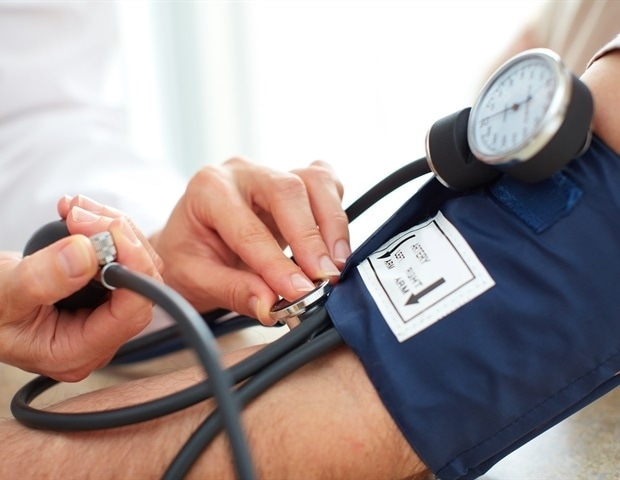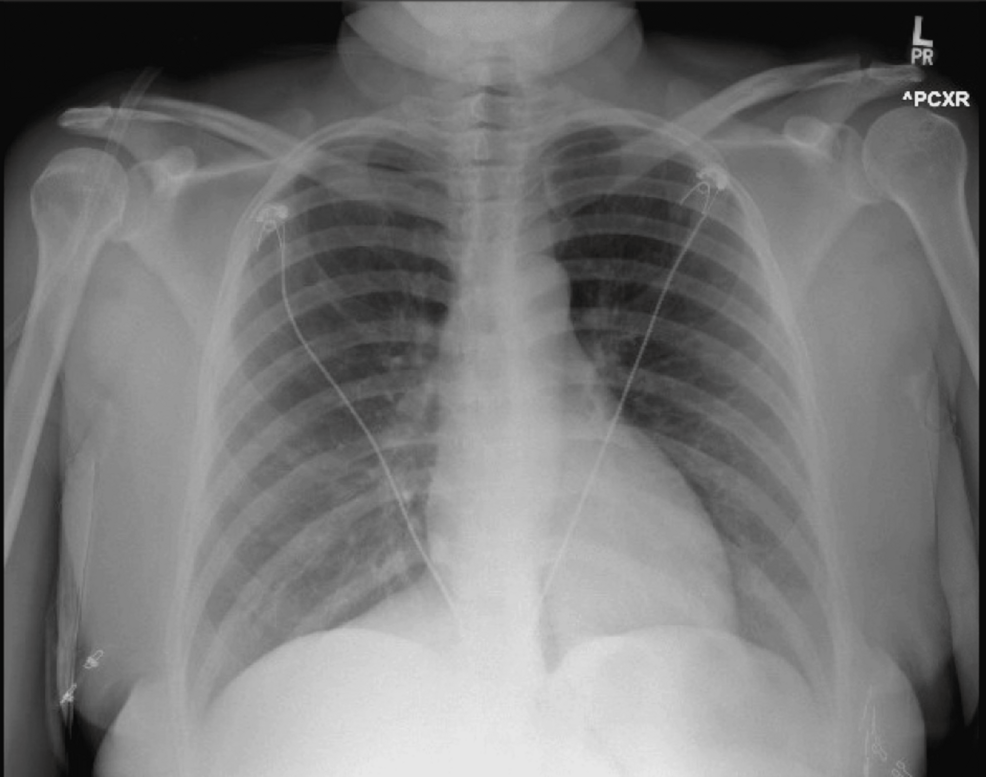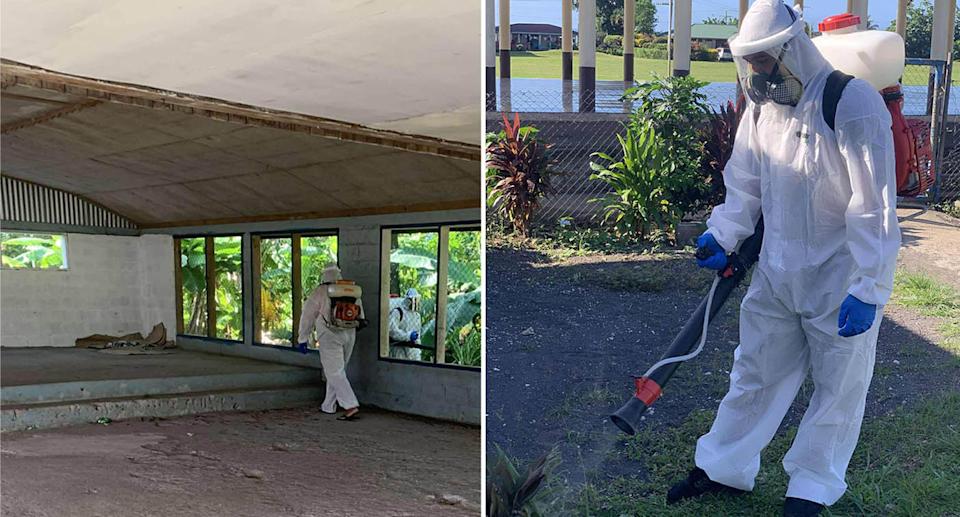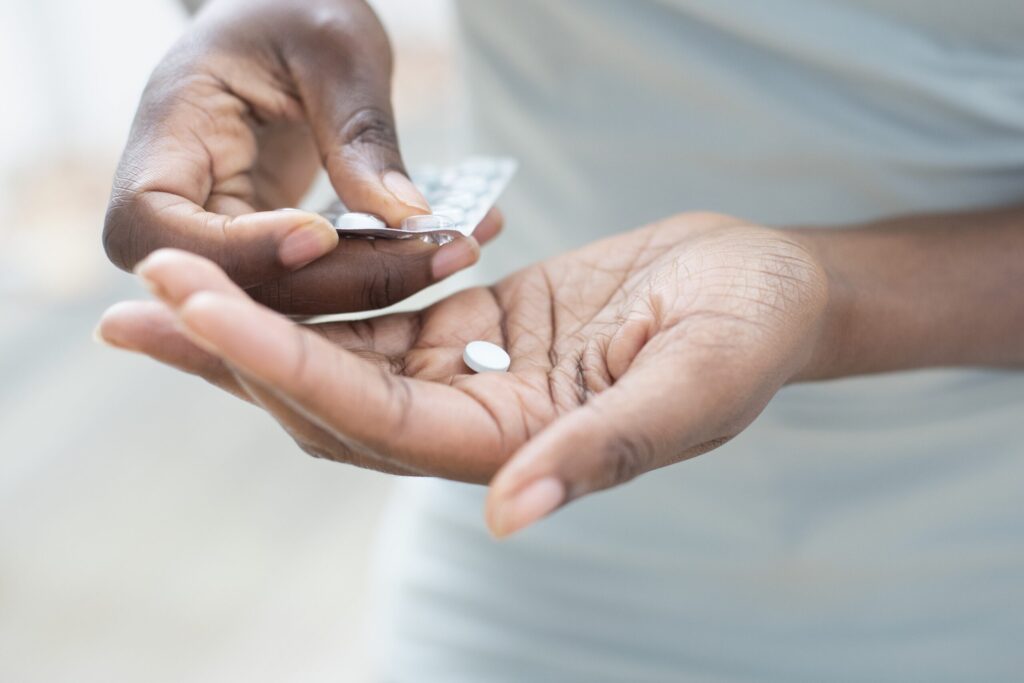Once viewed only as infectious invaders, bacteria are now understood to play an important role in overall health. For example, the gut microbiome-the community of microorganisms that inhabit the human gastrointestinal tract-has garnered much attention recently as studies have explored its relationship with health and disease.
But what about the mouth? The mouth is the second most diverse human microbial system and, as the start of the digestive system, is directly and frequently exposed to the external environment. However, it has been vastly overshadowed by the focus on the gut.
Now, a collaborative team including Modupe O. Coker of Penn Dental Medicine has investigated the stability of the oral microbiome in children living with HIV and those exposed to the virus but uninfected. Their findings, published in Microbiome, challenge the conventional belief that a stable microbiome is important for overall health and offer insights into how early immune challenges shape not only oral health but also systemic health.
“Mouth microbes are central to health-they are the first to encounter food, promoting digestion and nutrient uptake,” says Coker, assistant dean of clinical and translational research and co-senior author of the study. “But bacteria in the mouth don’t stay in the mouth-they extend to the rest of the body, influencing system health and vice versa.”
The researchers collected supragingival, or above the gum line, plaque samples across three time points from children in Nigeria. This included children living with HIV, children perinatally exposed to HIV but uninfected by the virus, and children not exposed to and therefore uninfected by the virus. All children living with HIV were receiving highly active antiretroviral treatment (HAART) at the time of the study.
“This population is near and dear to us all,” says Coker, adding that studying these groups of children offers the opportunity to better understand how challenges to the immune system early in life affect the oral microbiome and how that, in turn, affects other measures of development like growth and cognitive function.
The research team mapped the spatial (front-to-back) distribution of the microbial communities in the mouth and determined the association of HIV status and cavity- or caries-related bacterial species and intraspecies variants. They also calculated the degree of taxonomic turnover across the three time points within each group.
“[Taxonomic turnover] is measuring the entire microbial community at one time and then [measuring] the same community at a separate time and seeing how divergent they are from each other,” explains Allison E. Mann, an assistant professor of biological anthropology at the University of Wyoming and the first author on the study. “The more divergent, the higher the taxonomic turnover or volatility, and the less, the lower.”
In the gut, continues Mann, taxonomic stability over time is good, “that’s what you want in the gut.”
But, as this study showed, the opposite was true in the mouth-children unexposed and therefore uninfected by HIV exhibited higher turnover over time than those who had been exposed to HIV, suggesting, says Mann, that the oral microbiomes of children exposed to HIV might be less able to adapt to changes in environmental conditions or “disruptions.”
“The idea is that because the oral microbiome has evolved to be able to live in our mouths and is obviously just constantly being bombarded with food and the like-it’s evolved a different strategy than the gut, which is relatively protected,” says Mann. “It has evolved to fluctuate and adapt to changing situations.”
“This seems very reasonable,” says Coker. “The children in this study are in their adolescence, experiencing a lot of changes in their bodies [such as] developmental and hormonal changes, including being in a mixed dentition phase where they have primary teeth along with permanent teeth. We expect the microbiome to change, so when it doesn’t, that signals impaired adaptability. The fact that [the supragingival plaque microbiome] is more stable in children living with HIV actually makes sense.”
Additionally, Coker adds, lower turnover was associated with higher frequencies of those groups of bacteria that cause cavities, increasing the risk of caries in this population.
The study also showed that the microbial communities in children exposed to and infected by HIV were more homogeneous-the bacterial clusters in the front, or anterior, of the mouth were similar to those in the back, or posterior-than in children unexposed to HIV.
“In normal circumstances, there are quite distinct differences between the front and the back of the mouth,” says Vincent P. Richards, an associate professor of biological sciences at Clemson University and co-senior author of the study. “And in kids living with HIV, that’s destroyed.”
This is important, he adds, because it gets researchers closer to understanding the mechanism underlying these changes and their outcomes. “This tells us that the virus might be differentially affecting different glands and ducts differently,” he says, referring to how perinatal HIV exposure without infection as well as HIV infection and associated treatment have been linked to decreased salivary flow, and how saliva from children living with HIV presents as more acidic.
As Coker explains, these results give a clue into the broader question of how an early-life disruption to systemic health-such as prenatal exposure to HIV-can impact the oral microbiome.
“We know that oral microbes affect systemic health,” she says. “But systemic health also shapes oral health, so there is a cyclical relationship. And as an epidemiologist and translational scientist, I hope we can keep looking at novel ways to use this information to understand disease and to possibly prevent or treat it.”
Source:
University of Pennsylvania
Journal reference:
Mann, A. E., et al. (2025). HIV infection and exposure is associated with increased cariogenic taxa, reduced taxonomic turnover, and homogenized spatial differentiation for the supragingival microbiome. Microbiome. doi.org/10.1186/s40168-025-02123-9.
